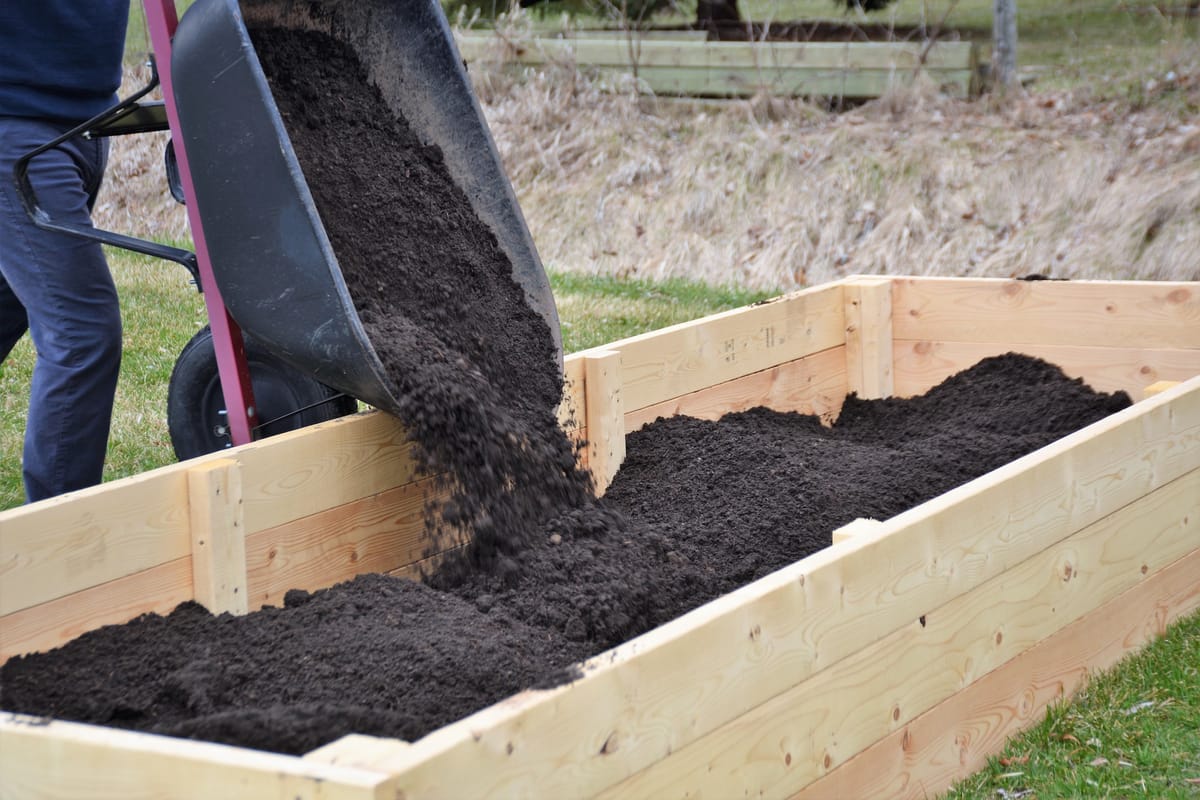

Benefits of Raised Garden Beds
Raised garden beds offer numerous advantages for gardeners of all ages, but they are particularly beneficial for seniors. Here are some key benefits: Reduced Bending and Kneeling: Raised beds eliminate the need to bend or kneel excessively, making gardening more comfortable and less strenuous on your joints.
Improved Accessibility: The elevated height of raised beds makes it easier to reach plants, tend to them, and harvest produce without straining your back or knees. Better Soil Drainage: Raised beds allow for better drainage, preventing waterlogging and root rot, which can be particularly problematic in areas with heavy clay soil. Controlled Growing Environment: Raised beds provide a controlled growing environment, allowing you to customize the soil mix and amend it with nutrients as needed. Increased Productivity: Raised beds can be more productive than traditional in-ground gardens, as they allow for better soil aeration and drainage, resulting in healthier plants.
Building Your Own Raised Garden Bed
Building a raised garden bed is a relatively simple DIY project that can be tailored to your specific needs and preferences. Here are some basic steps: 1. Choose a Location: Select a sunny spot in your yard with good drainage. Consider the size and shape of the bed you want to build. 2. Gather Materials: You can use a variety of materials for your raised bed, including wood, concrete blocks, or even recycled materials like pallets. Choose materials that are durable and resistant to rot. 3. Prepare the Base: Level the ground where you will build your raised bed and lay down a layer of landscape fabric to prevent weeds from growing up through the bed. 4. Construct the Frame: Assemble the frame of your raised bed using the chosen materials. Make sure the frame is sturdy and secure. 5. Fill with Soil: Fill the bed with a good quality potting mix or garden soil. You may want to add compost or other amendments to improve drainage and fertility. 6. Plant Your Garden: Once the bed is filled with soil, you can start planting your favorite vegetables, herbs, or flowers.
Tips for Senior Gardeners
Here are some additional tips for seniors who want to enjoy gardening with raised beds: Use Tools with Long Handles: Long-handled tools, such as trowels, shovels, and rakes, can help reduce bending and straining. Consider a Rolling Garden Cart:** A rolling garden cart can make it easier to transport tools, plants, and supplies around your garden. Use a Watering Can with a Long Spout: A watering can with a long spout allows you to water plants without bending over. Start Small: Don't try to do too much at once. Start with a small raised bed and gradually expand as you become more comfortable. Seek Help When Needed: Don't be afraid to ask for help from family, friends, or neighbors if you need assistance with gardening tasks.
Final Thoughts
Raised garden beds offer a convenient and enjoyable way for seniors to enjoy the benefits of gardening. By following these tips and taking care of your garden, you can reap the rewards of fresh, homegrown produce and beautiful flowers for years to come.
Dues are $12 per year. Member benefits:
✅ Ad-Free Website Viewing
✅ Advocacy for Republican Seniors
✅ 120+ Senior Discounts
✅ Member Only Newsletters